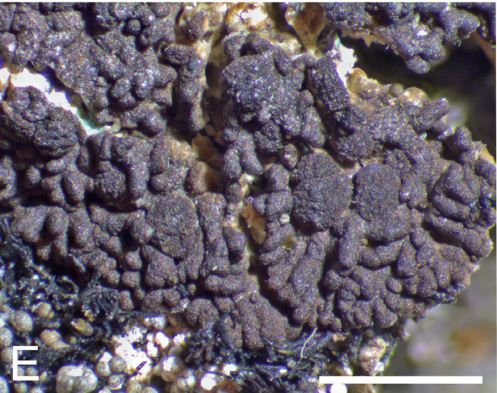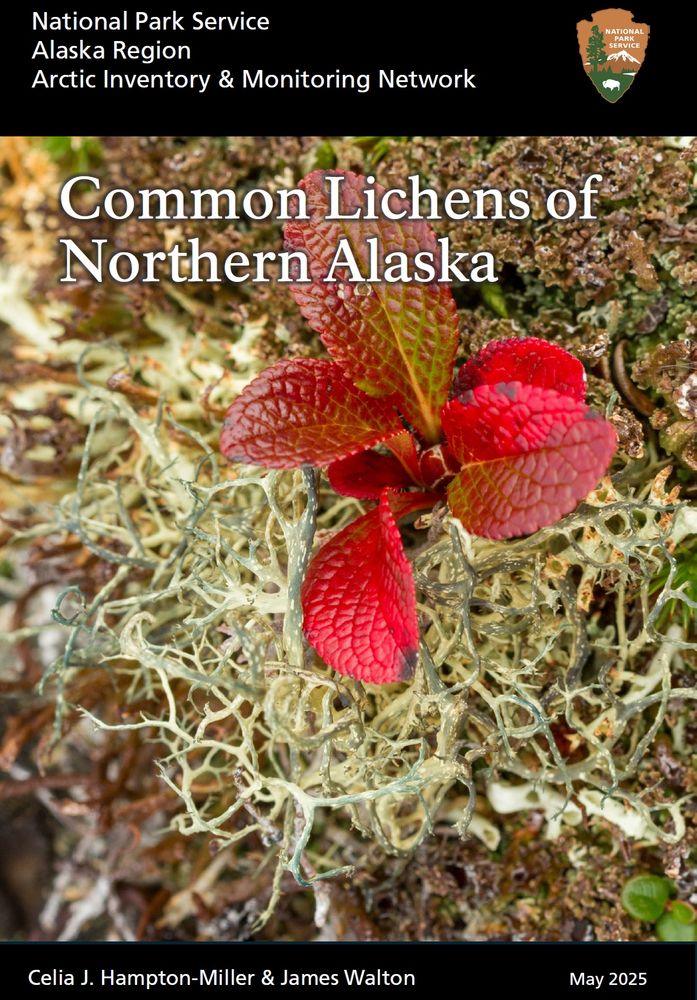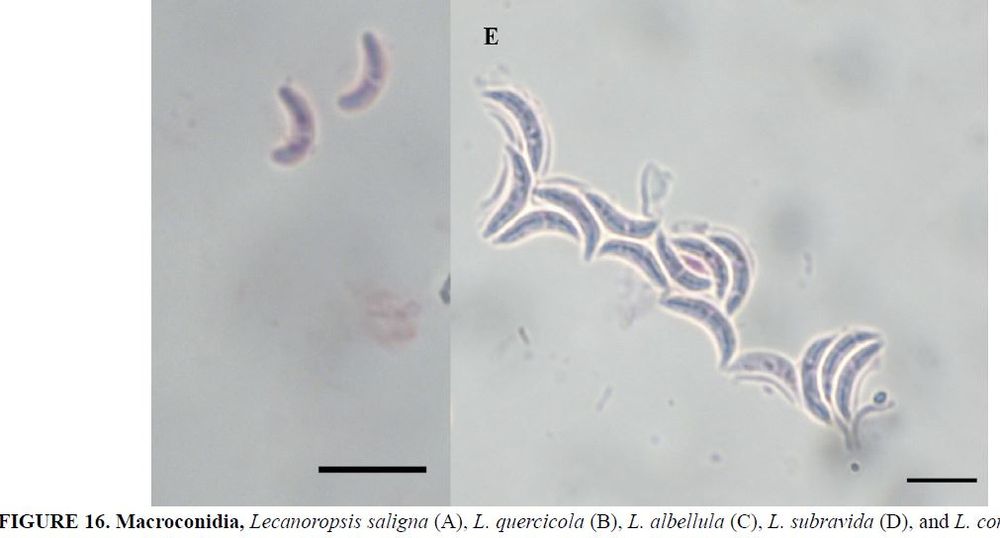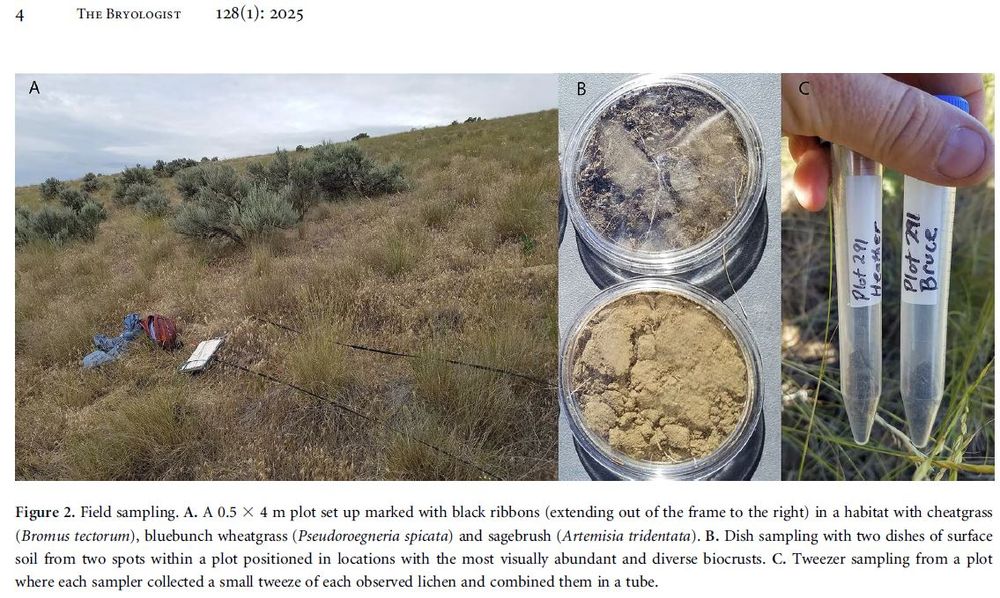onlinelibrary.wiley.com/doi/10.1002/...

onlinelibrary.wiley.com/doi/10.1002/...



www.youtube.com/watch?v=sCcY...

www.youtube.com/watch?v=sCcY...






workforcenow.adp.com/mascsr/defau...
workforcenow.adp.com/mascsr/defau...


The Bryologist, 128(1):1-15 (2025). doi.org/10.1639/0007...

The Bryologist, 128(1):1-15 (2025). doi.org/10.1639/0007...
DOI: 10.3897/mycokeys.112.138580
DOI: 10.3897/mycokeys.112.138580

doi.org/10.1017/S002...
doi.org/10.1017/S002...
doi.org/10.1639/0007...

doi.org/10.1639/0007...

Sticta puebloensis sp. nov. DiMeglio & Niedbala



Sticta puebloensis sp. nov. DiMeglio & Niedbala

